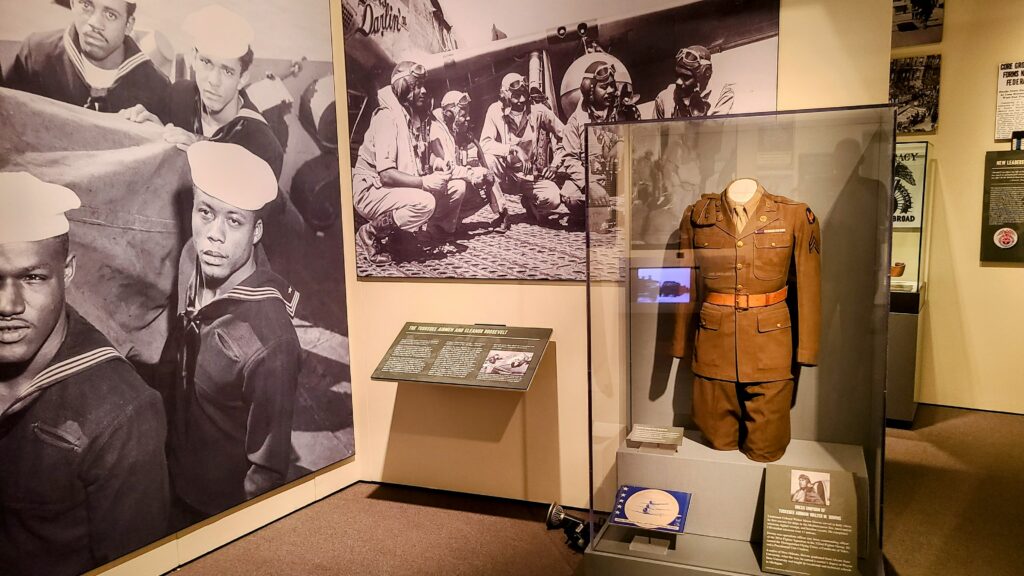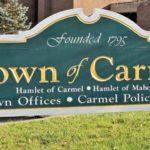HYDE PARK – A powerful new exhibit at the FDR Presidential Library and Museum in Hyde Park opened its latest exhibit, “Black Americans, Civil Rights, and the Roosevelts, 1932-1962” on Saturday. The new insight into history will be on display for 18 months, giving visitors access to the voices of black community leaders, wartime service members, and ordinary citizens who lobbied FDR and Eleanor for civil rights and racial justice.
The exhibit features documents and artifacts from the Roosevelt Library’s holdings and other collections. “These materials evidence the unrelenting efforts of many key figures of the early Civil Rights Movement, as well as Eleanor Roosevelt’s interactions with black leaders of the midcentury freedom struggle,” according to the Library’s Communications Manager, Clifford Laube.
One exhibit shows the racial inequalities forced by “Redlining,” the practice of dividing towns based on income, race, and other factors. The “Residential Security Maps” were created by the Home Owners’ Loan Corporation and color-coded maps of residential areas to indicate the level of risk in mortgage lending. The highly discriminatory practice occurred throughout the country. A map of Poughkeepsie from 1938 is on display, Pershing Avenue is highlighted in red, with the mapmaker’s note saying, “Pershing Avenue has a number of negro families. Houses on this street are very poor and of little value.”
Exhibit Curator Herman Eberhardt noted that it shows several areas of the Roosevelt administration’s relations with African-American leaders from the time FDR accepted the Democratic nomination in 1932 and shows the progression through 1960.
“This exhibit looks critically at how African-Americans fared under the New Deal and throughout the Roosevelt administration, and how the Roosevelts worked with prominent African-American leaders and advanced the causes of civil rights.” Eberhardt also noted that the exhibit covers 30 years of history in which FDR both helped African-Americans and fell short on other issues that he failed to address on behalf of the African-American community.








